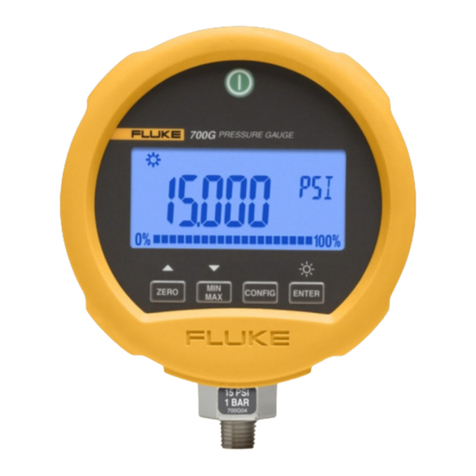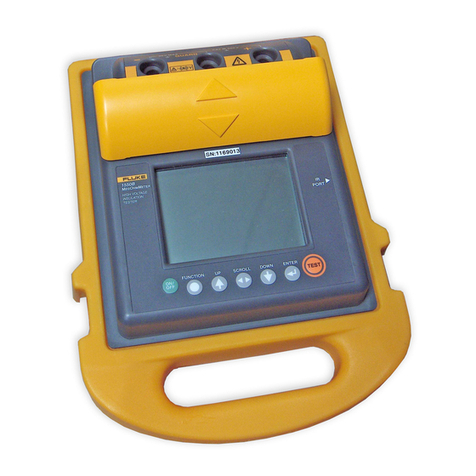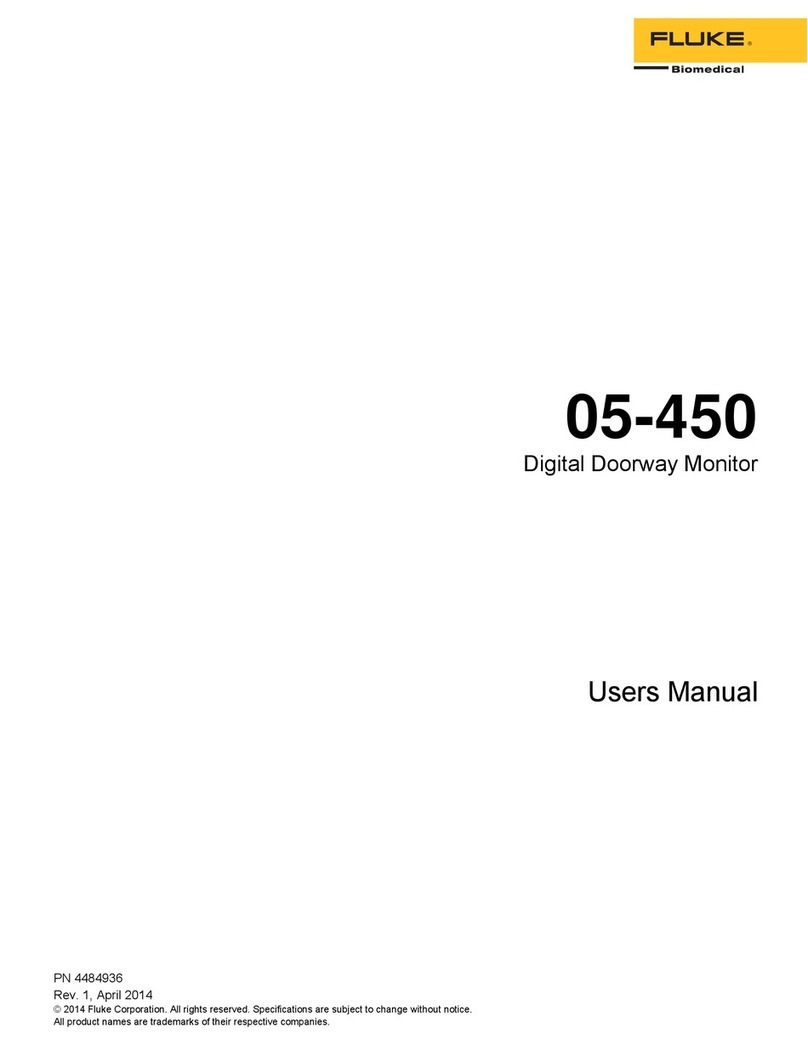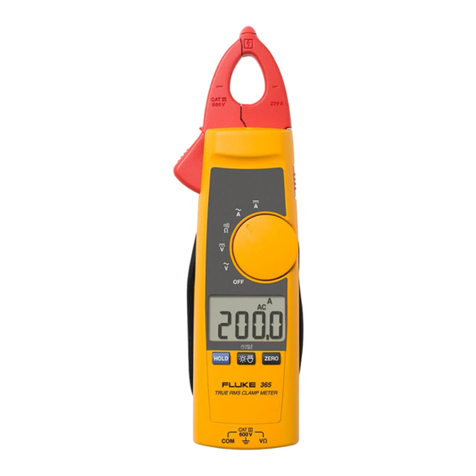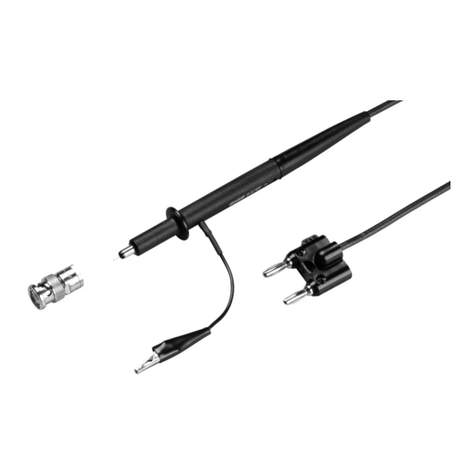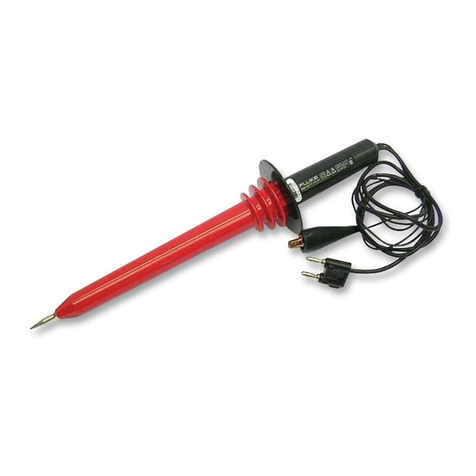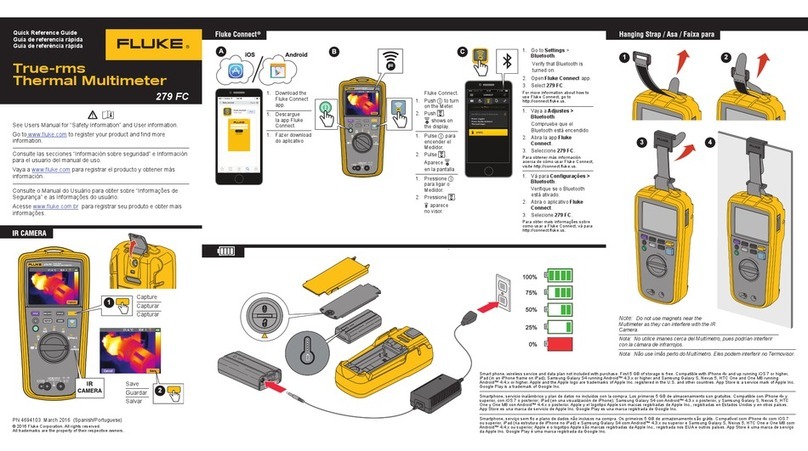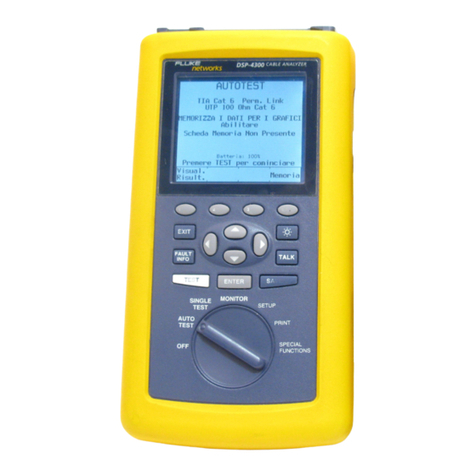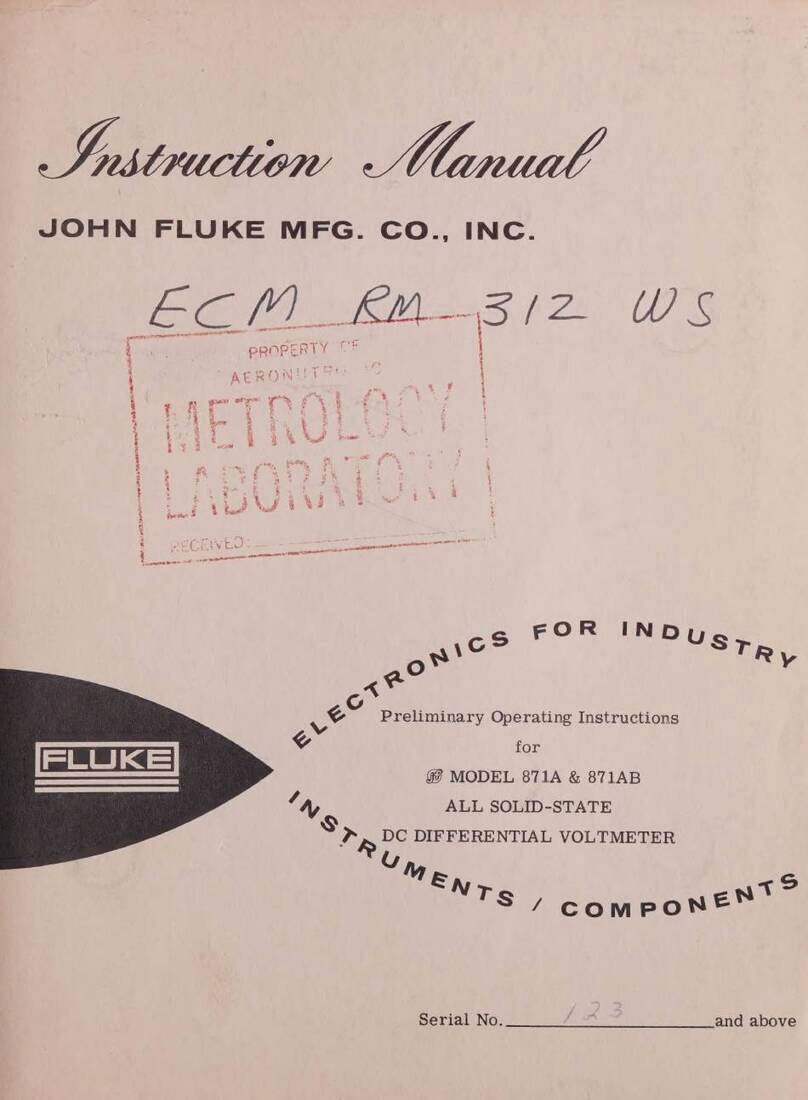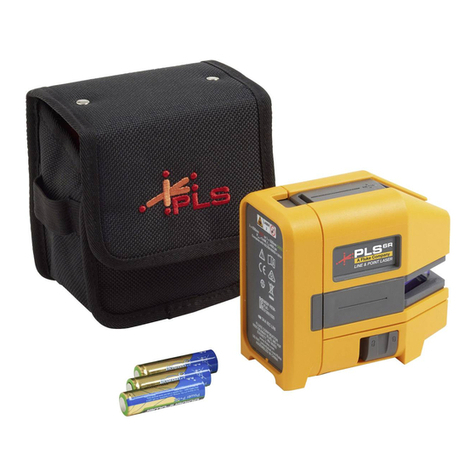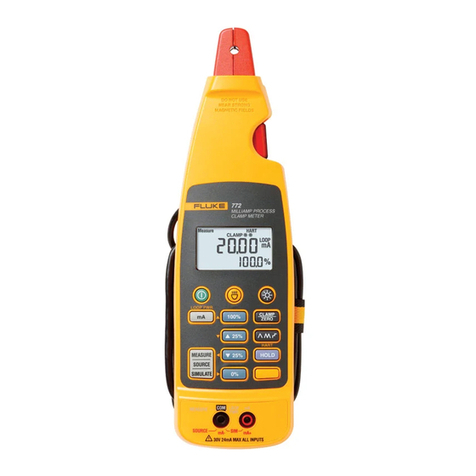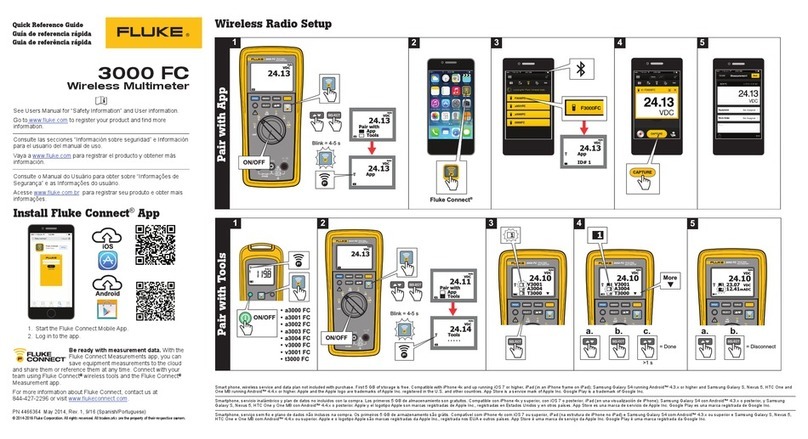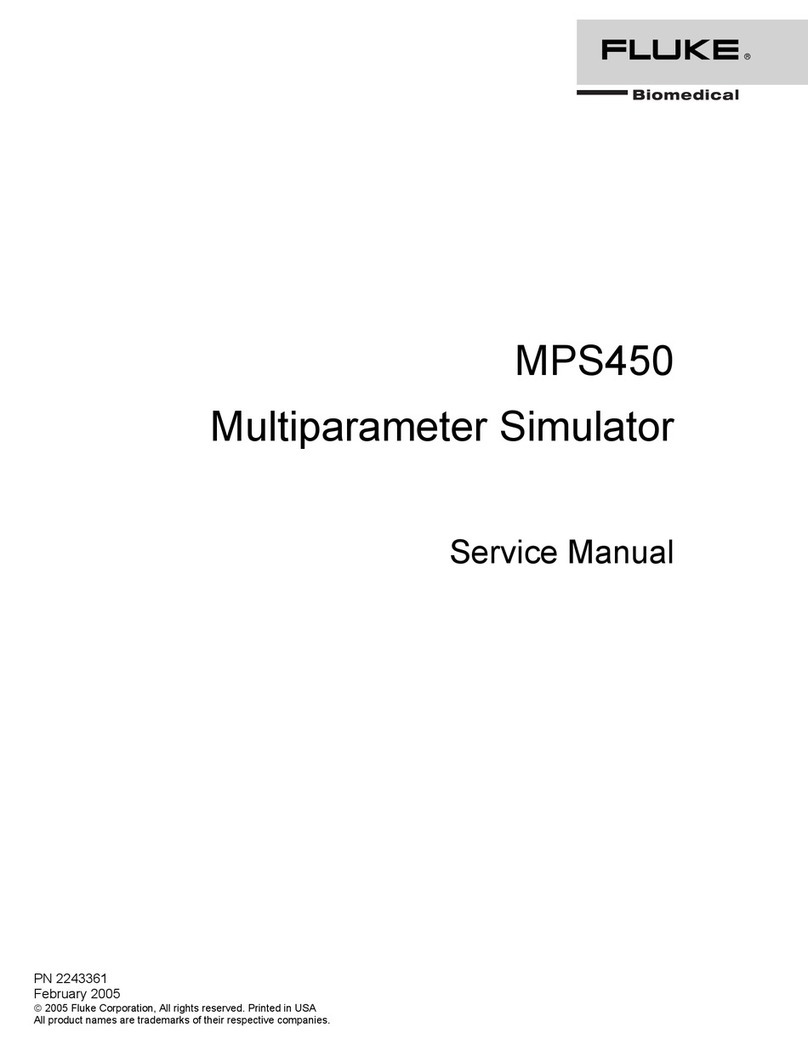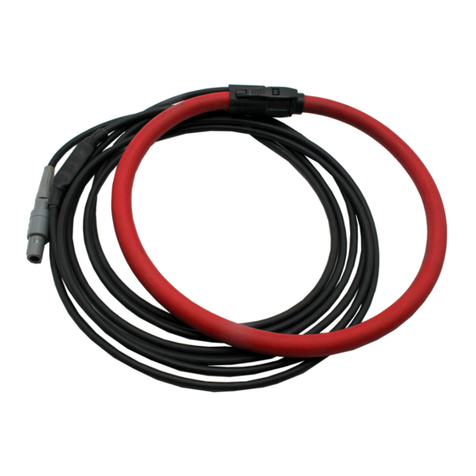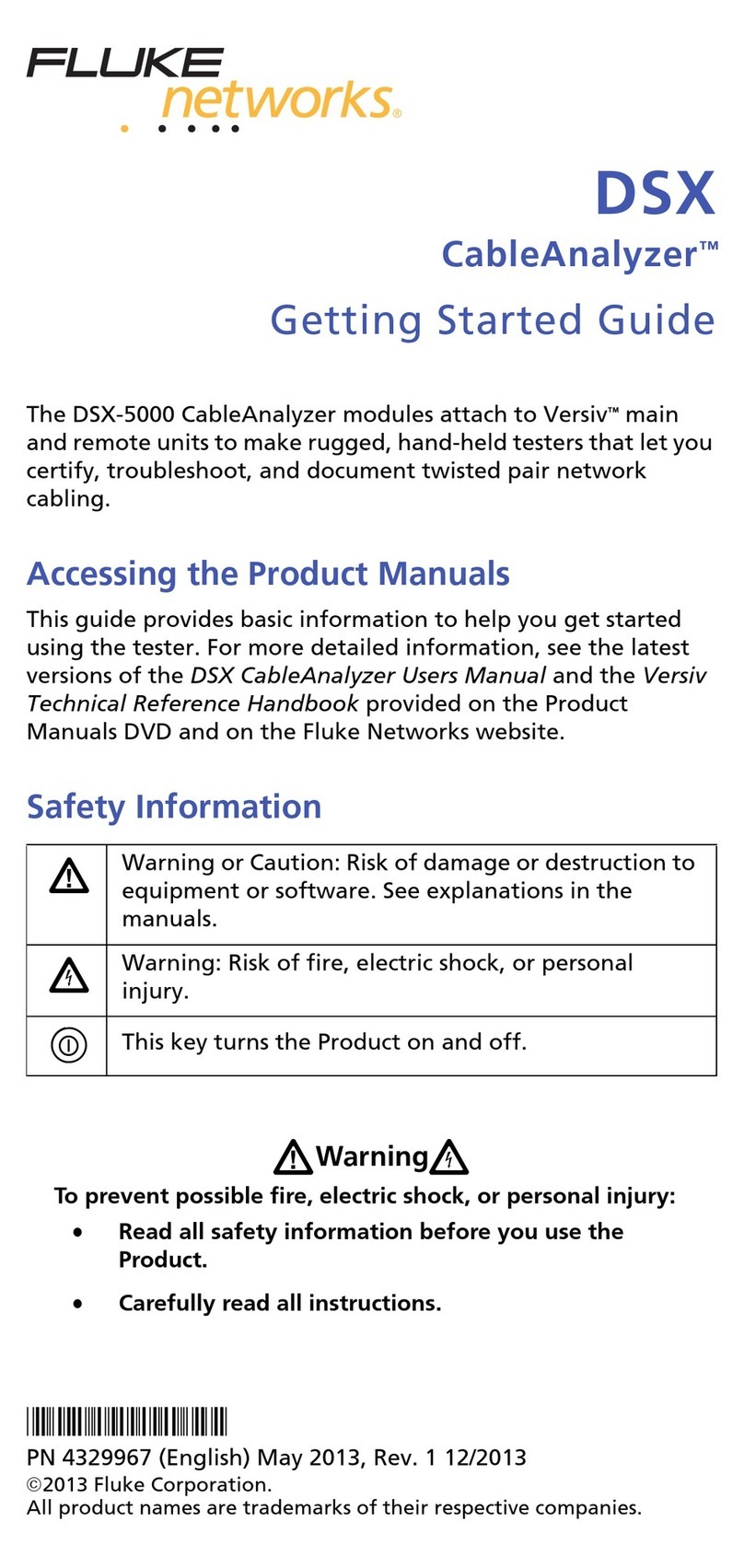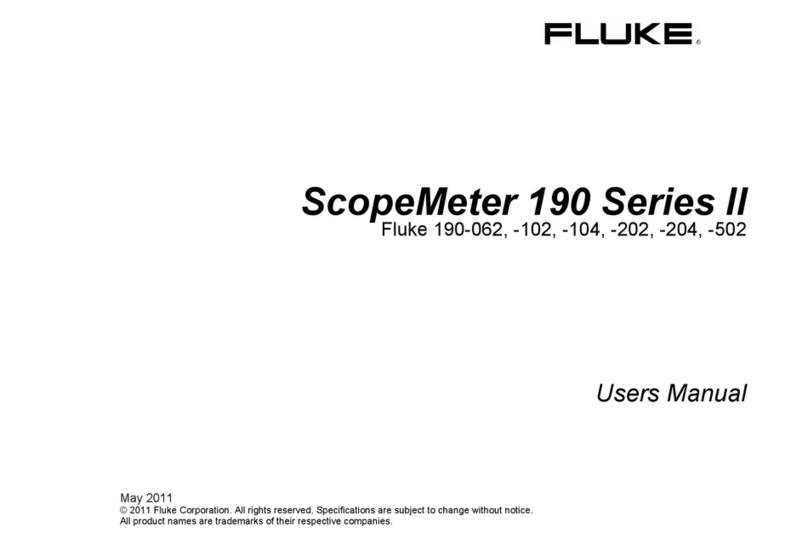
TABLE OF CONTENTS
Page V © 2011 Fluke Calibration
3.12 [SPECIAL] Menu...................................................................................................................................86
3.12.1 <1PC/MS> ............................................................................................................................................... 87
3.12.1.1 Create a Piston-Cylinder Module.......................................................................................................... 88
3.12.1.2 Edit a Piston-Cylinder Module .............................................................................................................. 90
3.12.1.3 View a Piston-Cylinder Module............................................................................................................. 90
3.12.1.4 Delete a Piston-Cylinder Module .......................................................................................................... 91
3.12.1.5 Select The Active Piston-Cylinder Module............................................................................................ 91
3.12.1.6 Add a Mass Set.................................................................................................................................... 91
3.12.1.7 Edit a Mass Set.................................................................................................................................... 96
3.12.1.8 View a Mass Set .................................................................................................................................. 96
3.12.1.9 Delete a Mass Set................................................................................................................................ 96
3.12.1.10 Select Mass Set................................................................................................................................... 96
3.12.1.11 Add a Mass Loading Bell...................................................................................................................... 97
3.12.1.12 Edit a Mass Loading Bell...................................................................................................................... 98
3.12.1.13 View a Mass Loading Bell .................................................................................................................... 98
3.12.1.14 Delete A Mass Loading Bell ................................................................................................................. 99
3.12.1.15 Select a Mass Loading Bell.................................................................................................................. 99
3.12.2 <2presU> ................................................................................................................................................ 99
3.12.3 <3head>.................................................................................................................................................. 99
3.12.3.1 <3head>, <1fluid>...............................................................................................................................100
3.12.3.2 <3head>, <2unit>................................................................................................................................101
3.12.3.3 <3head>, <3atm>................................................................................................................................101
3.12.3.4 <3head>, <4piston> ............................................................................................................................101
3.12.4 <4prefs>.................................................................................................................................................102
3.12.4.1 <4prefs>, <1ScrSvr>...........................................................................................................................102
3.12.4.2 <4prefs>, <2sound>............................................................................................................................102
3.12.4.3 <4prefs>, <3time>...............................................................................................................................103
3.12.4.4 <4prefs>, <4ID>..................................................................................................................................103
3.12.4.5 <4prefs>, <5level> ..............................................................................................................................104
3.12.5 <5remote>..............................................................................................................................................106
3.12.5.1 COM1, COM2, COM3 and COM4 (RS232).........................................................................................107
3.12.5.2 IEEE-488.............................................................................................................................................107
3.12.5.3 RS232 Self Test..................................................................................................................................107
3.12.5.4 External Barometer (RPM) Communications (COM2)..........................................................................108
3.12.5.5 External Vacuum Gauge Communications (COM2).............................................................................110
3.12.6 <6gl> ......................................................................................................................................................112
3.12.7 <7cal>.....................................................................................................................................................113
3.12.8 <8AMH> .................................................................................................................................................113
3.12.8.1 <2control>, <1up/down>......................................................................................................................114
3.12.8.2 <2control>, <2discreet>.......................................................................................................................114
3.12.8.3 <2control>, <3loadall>.........................................................................................................................114
3.12.8.4 <2control>, <4unloadall>.....................................................................................................................115
3.12.9 <9reset>.................................................................................................................................................115
3.12.9.1 <9reset>, <1sets> ...............................................................................................................................115
3.12.9.2 <9reset>, <2units>..............................................................................................................................116
3.12.9.3 <9reset>, <3com>...............................................................................................................................116
3.12.9.4 <9reset>, <4cal>.................................................................................................................................117
3.12.9.5 <9reset>, <5setups> ...........................................................................................................................117
3.12.9.6 <9reset>, <6all>..................................................................................................................................117
4. Remote Operation ......................................................... 119
4.1 Overview .............................................................................................................................................119
4.2 Interfacing...........................................................................................................................................119
4.2.1 RS232 interface.....................................................................................................................................119
4.2.1.1 COM1 .................................................................................................................................................119
4.2.1.2 COM2, COM3 and COM4 ...................................................................................................................120
4.2.2 IEEE-488 (GPIB).....................................................................................................................................120
4.3 Commands..........................................................................................................................................121
4.3.1 Command Syntax..................................................................................................................................121
4.3.2 Command Summary .............................................................................................................................121
4.3.3 Error Messages.....................................................................................................................................123
4.3.3.1 AMH Errors.........................................................................................................................................124
4.3.4 Command Descriptions........................................................................................................................124
4.3.4.1 IEEE Std. 488.2 Common And Status Commands..............................................................................124
4.3.4.2 PG9000 Commands............................................................................................................................126
4.4 Status System.....................................................................................................................................151
4.4.1 Status Reporting System......................................................................................................................151
4.4.1.1 Status Byte Register............................................................................................................................151
4.4.1.2 Standard Event Register.....................................................................................................................153
